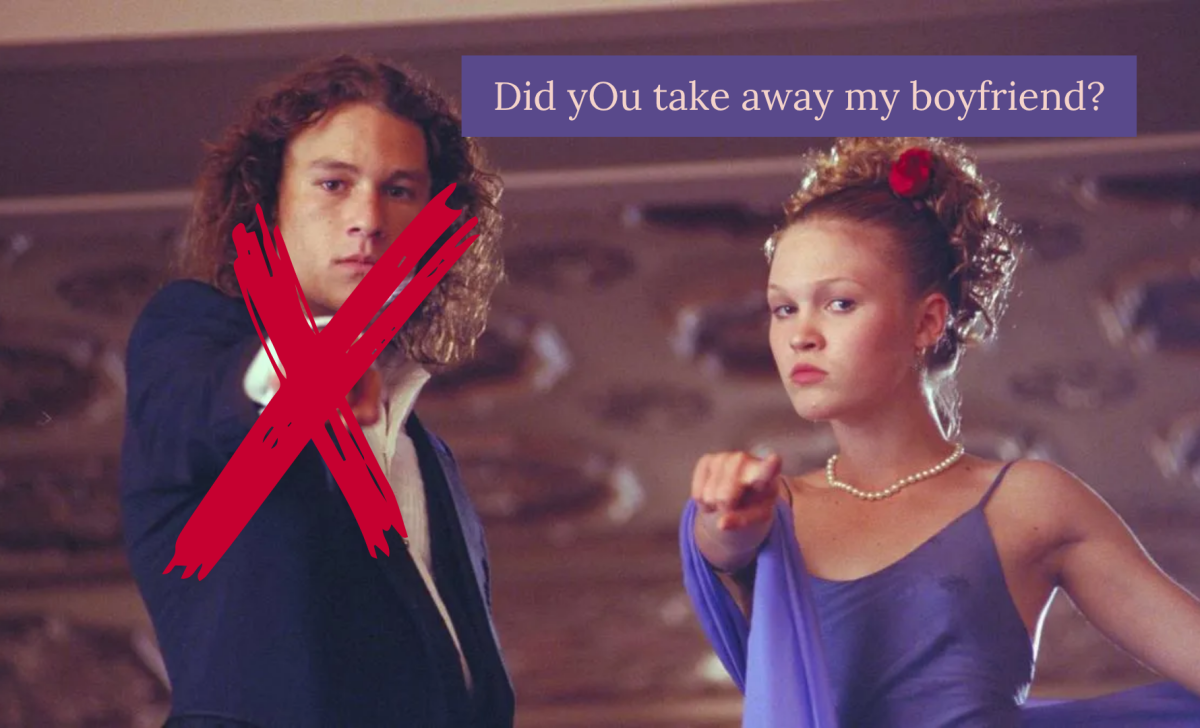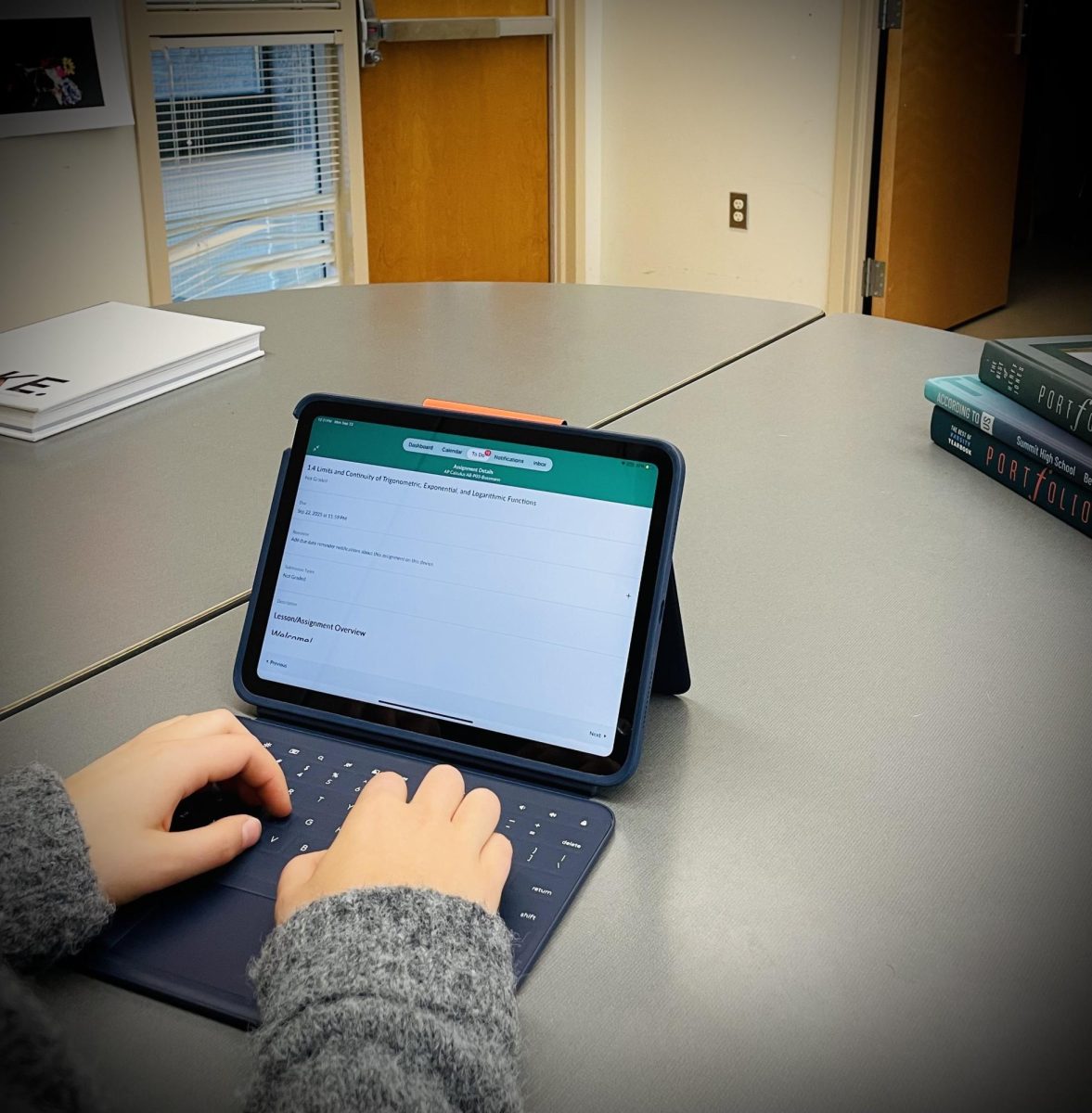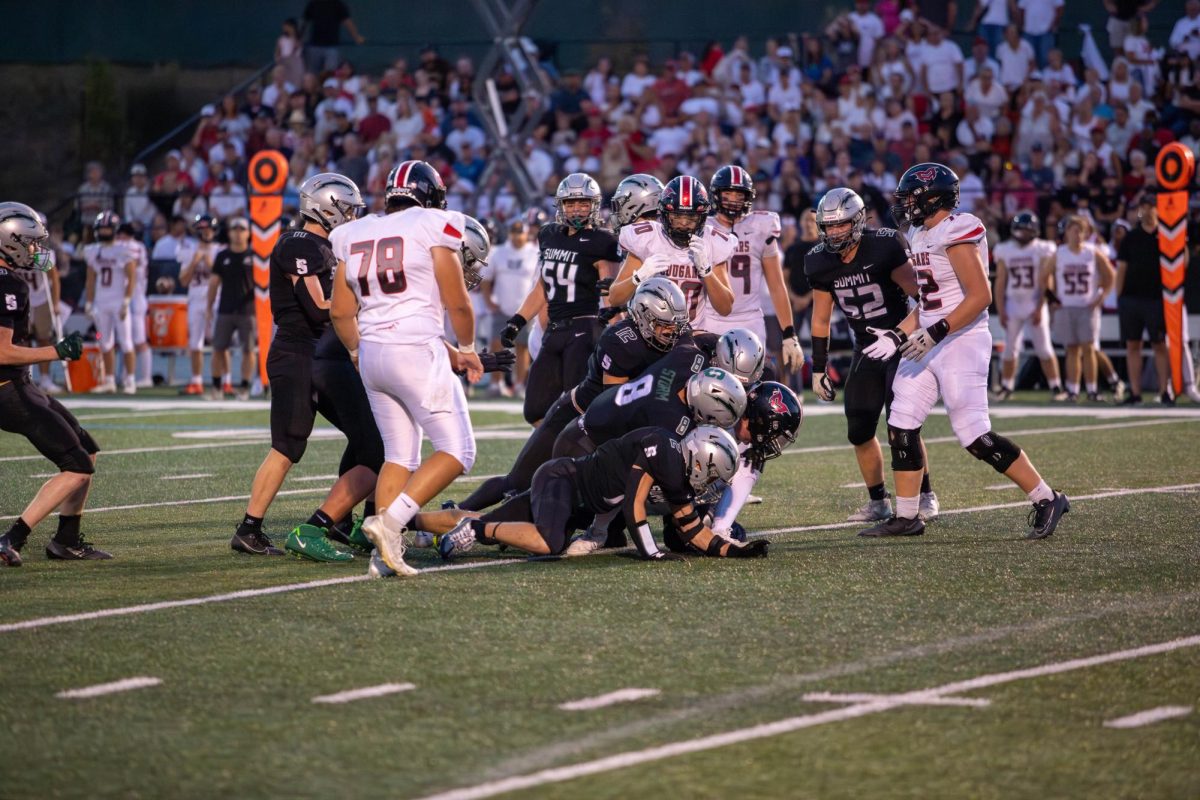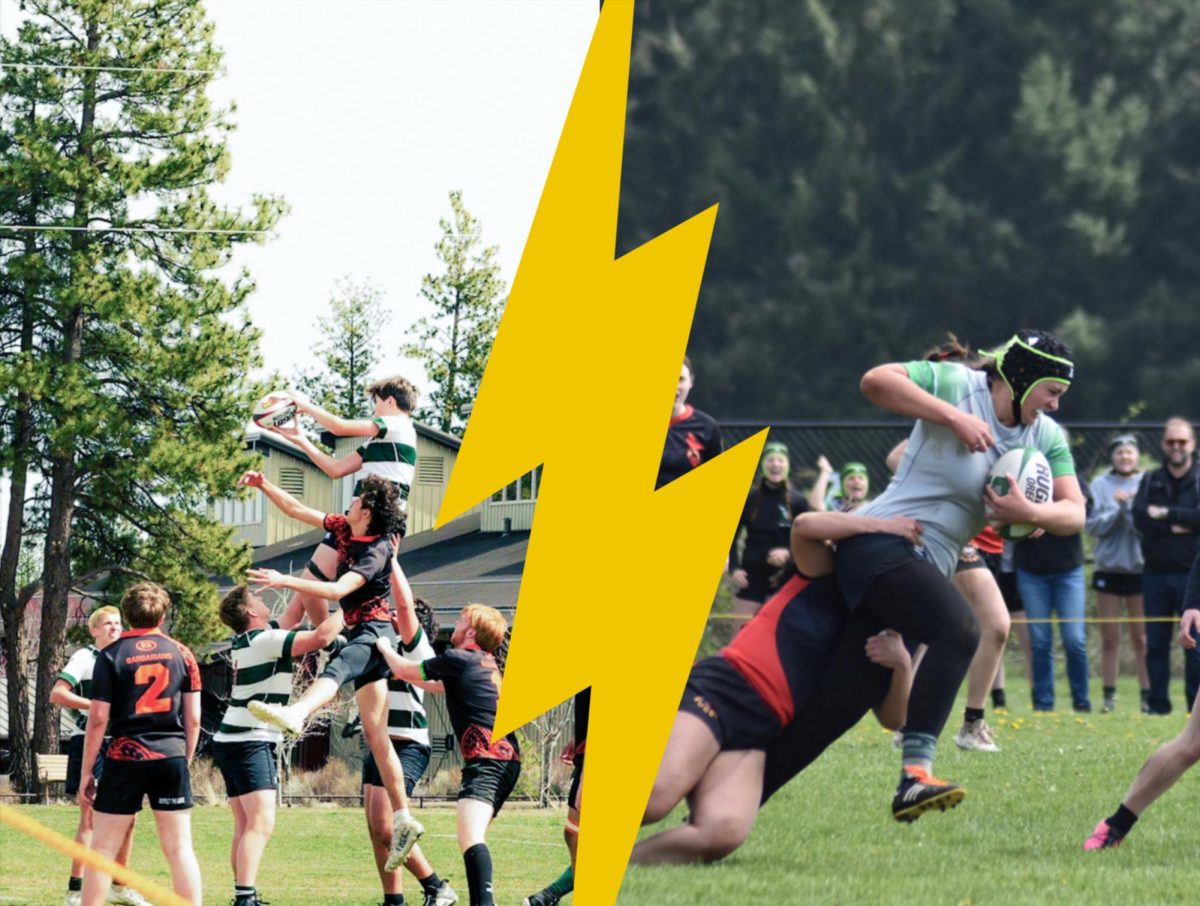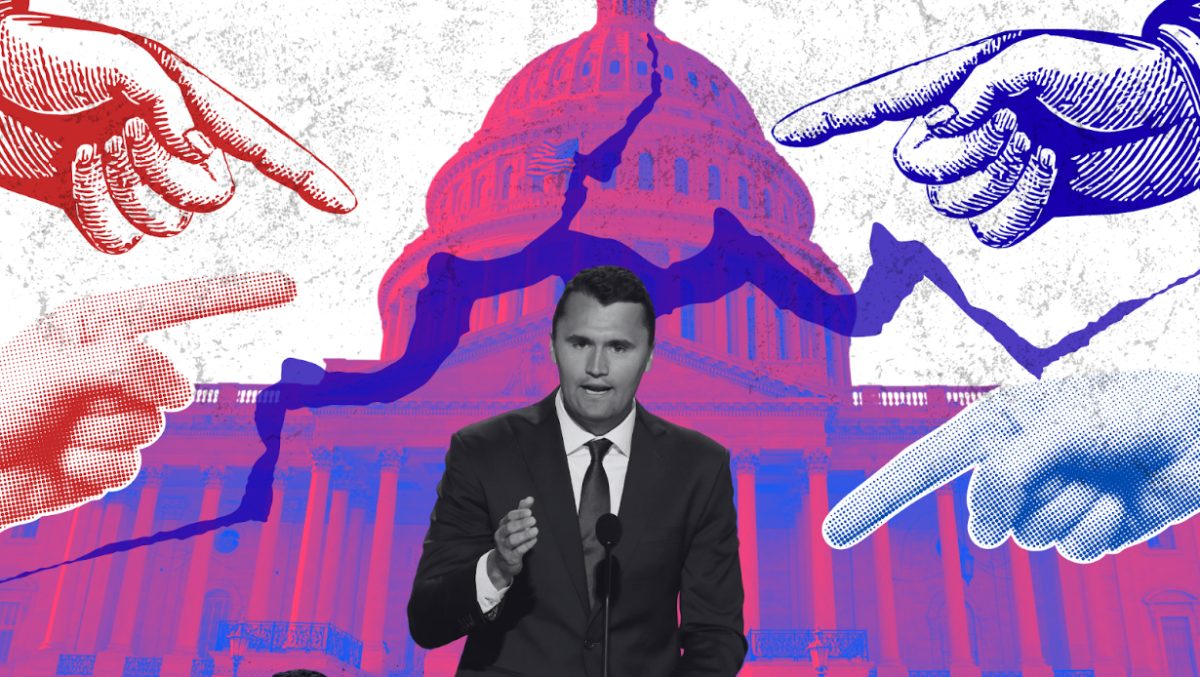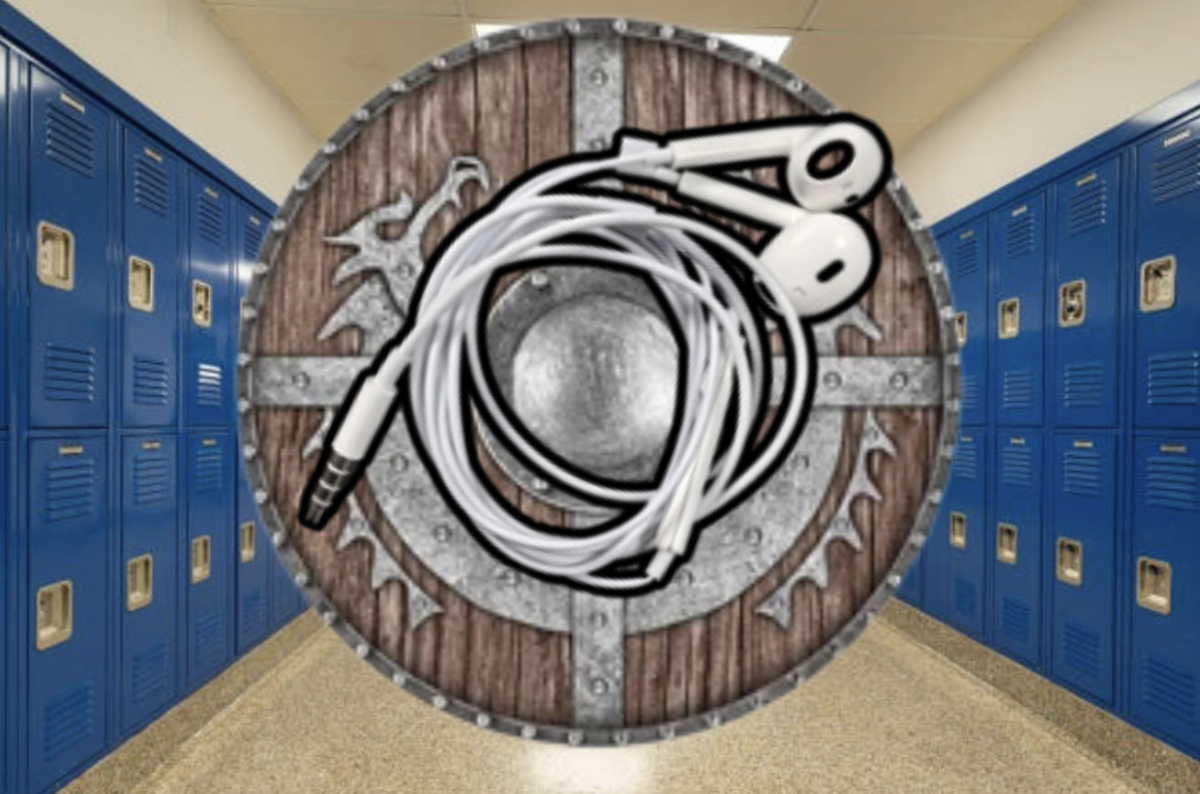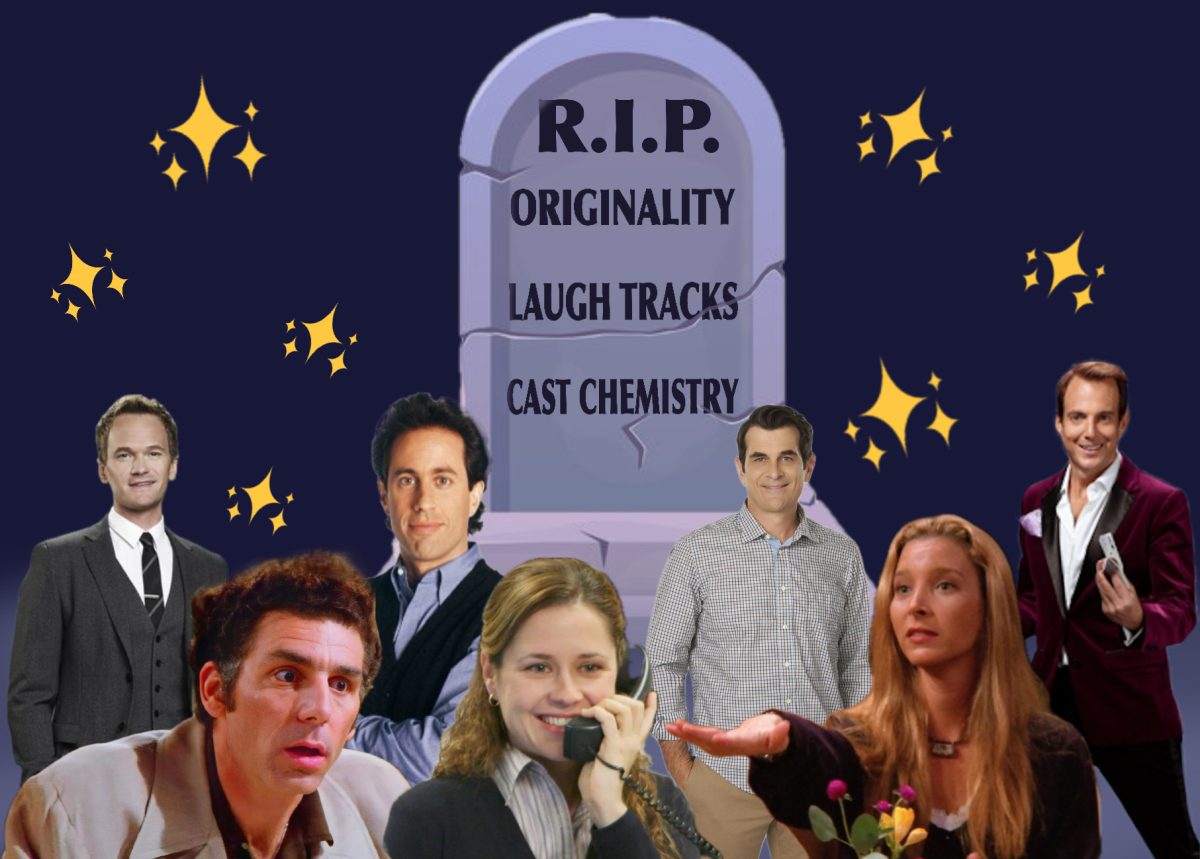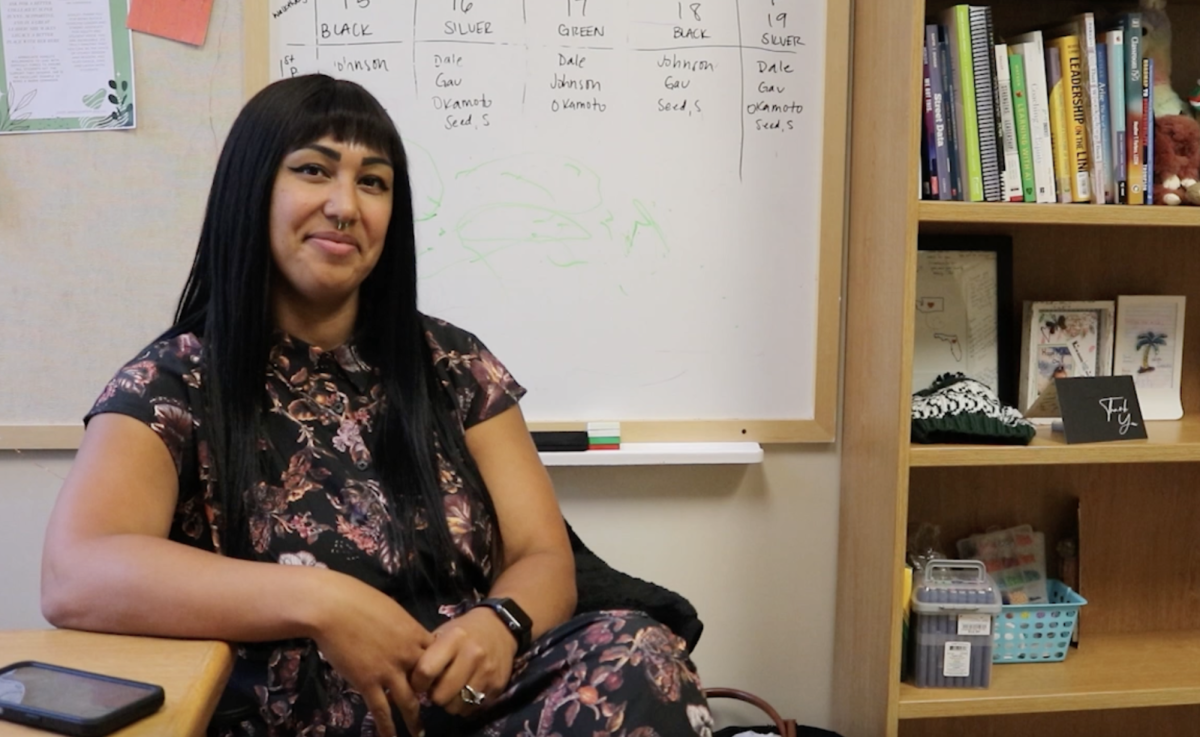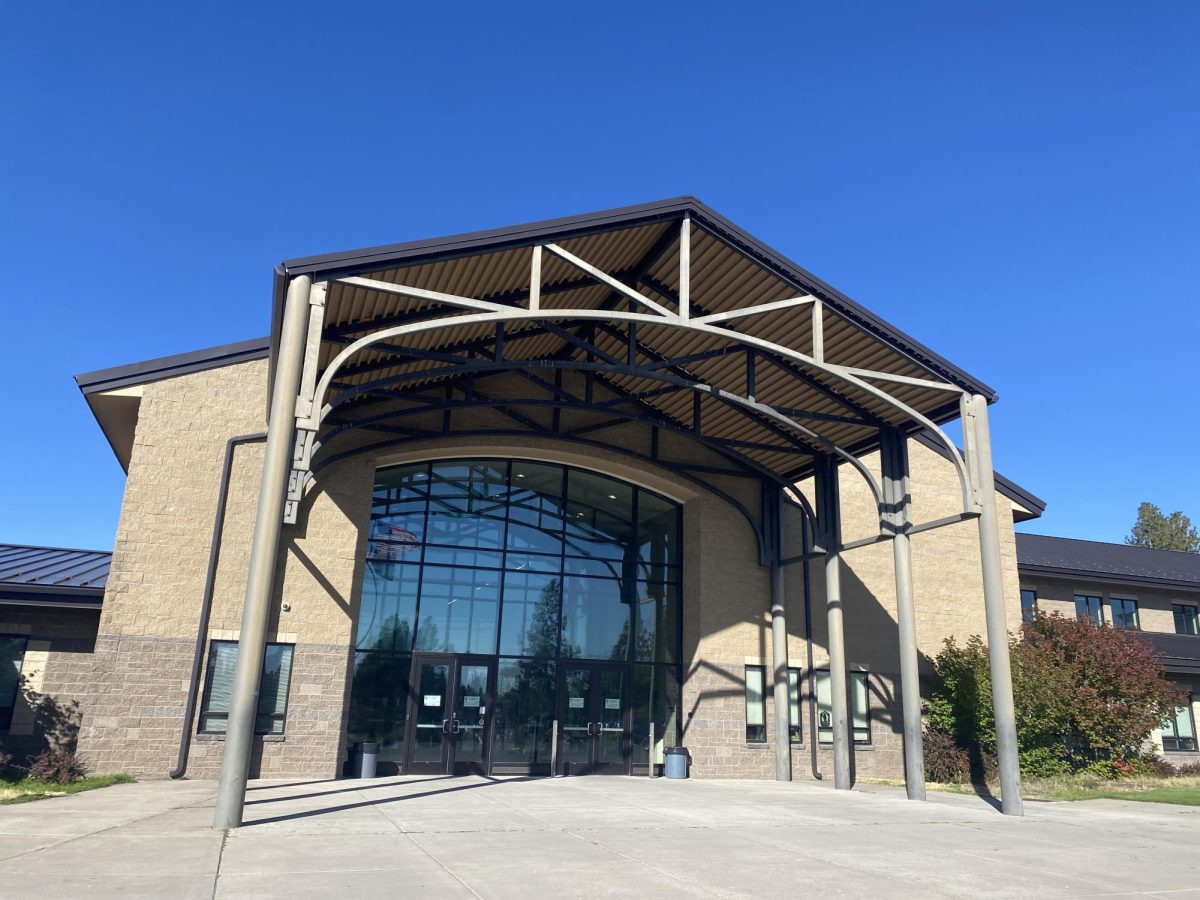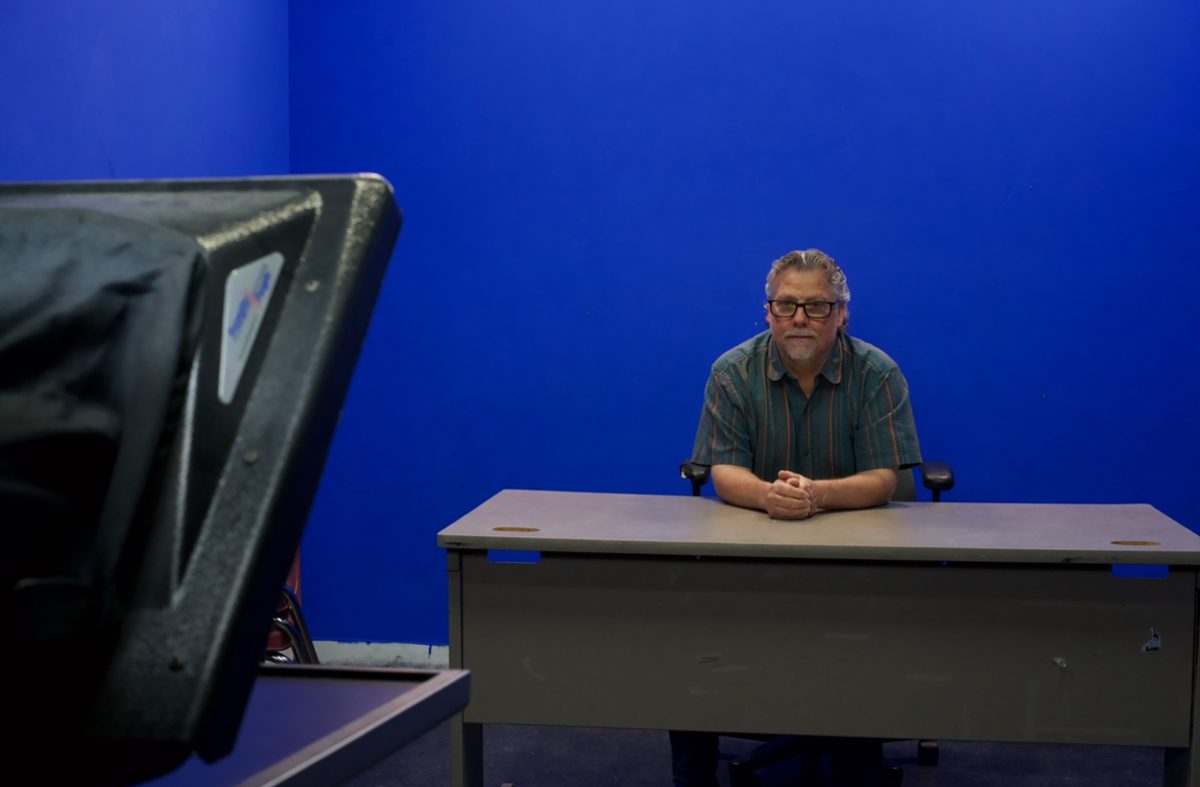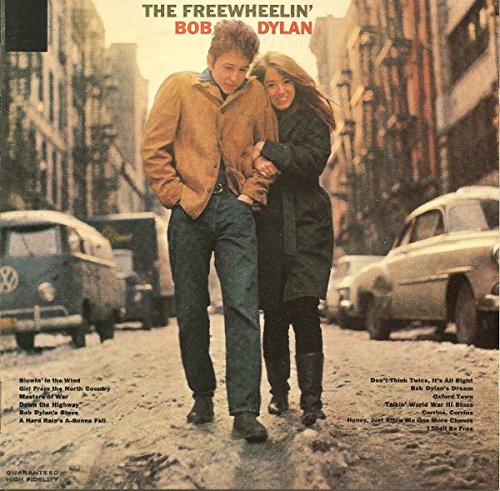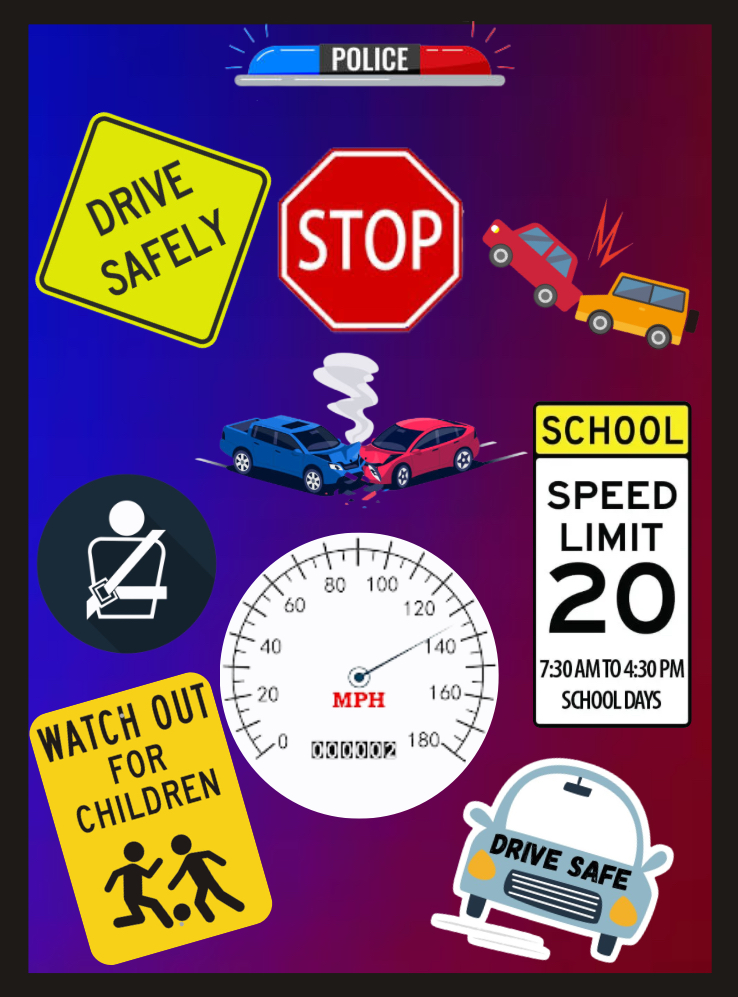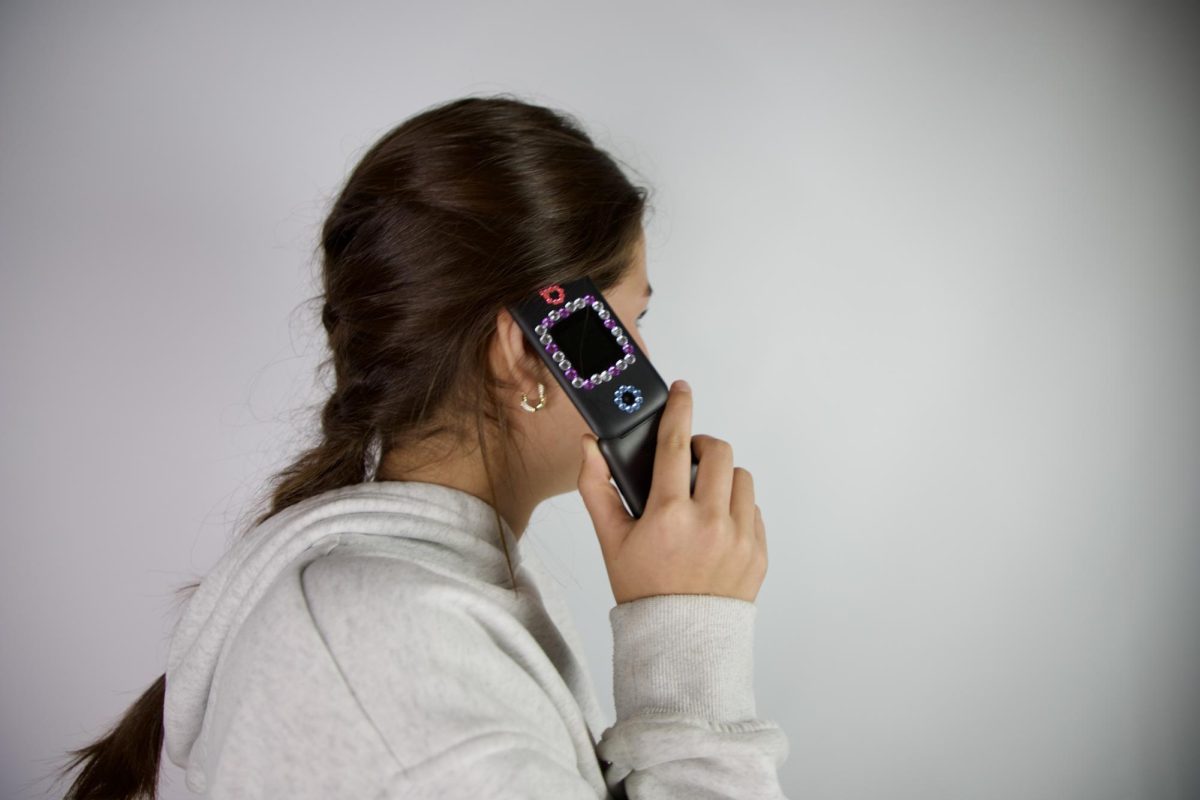People are breaking simple traffic laws constantly. From speeding to driving on the wrong side of the road, the chaos never stops. This recklessness may be an attribute of teens’ eagerness to get home. Students race to their cars in hopes of being the first out of the parking lot, causing a rush of tired teens, cars and close calls. Distracted drivers check their phones to see what they’ve missed throughout the day. Others are more focused on getting out. Overall, the atmosphere is a roar of commotion.
Zoe Bartlet, a senior at Summit, can’t ignore the outrageous driving she has seen from last year. The exit near the tennis courts gets backed up when everyone tries to leave. Most people would wait it out, but others are willing to take unnecessary risks.
“These kids would go on the wrong side of the road and speed through past everyone when cars were coming in,” Bartlet explained. “They just go and think you’re going to get out of the way.”
A few people’s careless behavior could cause serious injuries to many. These scenarios that take place raise questions of why someone would even take these dangerous risks behind the wheel, and how we can put a stop to them.
“In high school, you just want to have fun, and you do stuff that is stupid,” said Summit graduate Mia McQuillin. Regardless of laws and known consequences, people’s actions remain unchanged. McQuillin’s words reflect a culture where adrenaline-chasing has authority over the collective need for safety. There’s an issue when flying down roads at absurd speeds is chosen before contemplating the costs. Especially when lives are at stake.
Apart from intentional reckless driving, distractions are more prevalent than ever. Whether it’s a phone call or a glance at the dog on the sidewalk, the smallest things can make the biggest differences. Distraction is dangerous and McQuillin is just one of many students who have faced the consequences.
“A box fell off the seat and I went to go pick it up. Then I pressed the gas and I didn’t realize the cars in front of me were stopped and then I hit them,” said McQuillin.
A single moment is all it takes, even for the well-intended drivers. And the current use of cell phones distracts us more than we’d like to admit.
According to Edgar Snyder and Associates, a personal injury law firm, talking on a cell phone while driving can double the chances of an accident, and 56% of teens admit to doing so. Thirty-four percent of teens 16- and 17-years-old acknowledge that they read and respond to texts while driving.
Teen drivers either truly don’t understand the consequences of using phones while driving or have swept this behavior under the rug. As students continue learning how to navigate the roads, we need more open discussion about the hazards of driving. Being mindful and prioritizing safety should be a student’s goal every time they get in their car. The Summit parking lot culture clearly needs some improvement.


